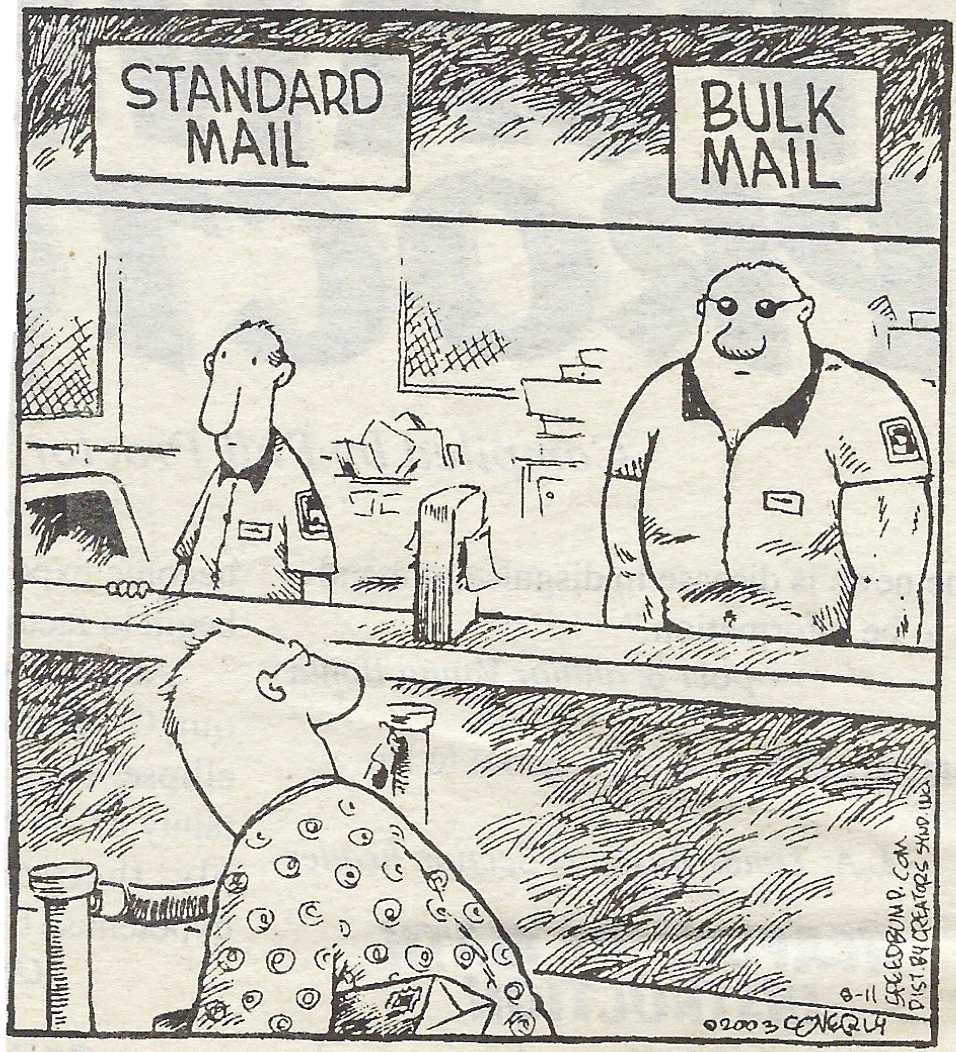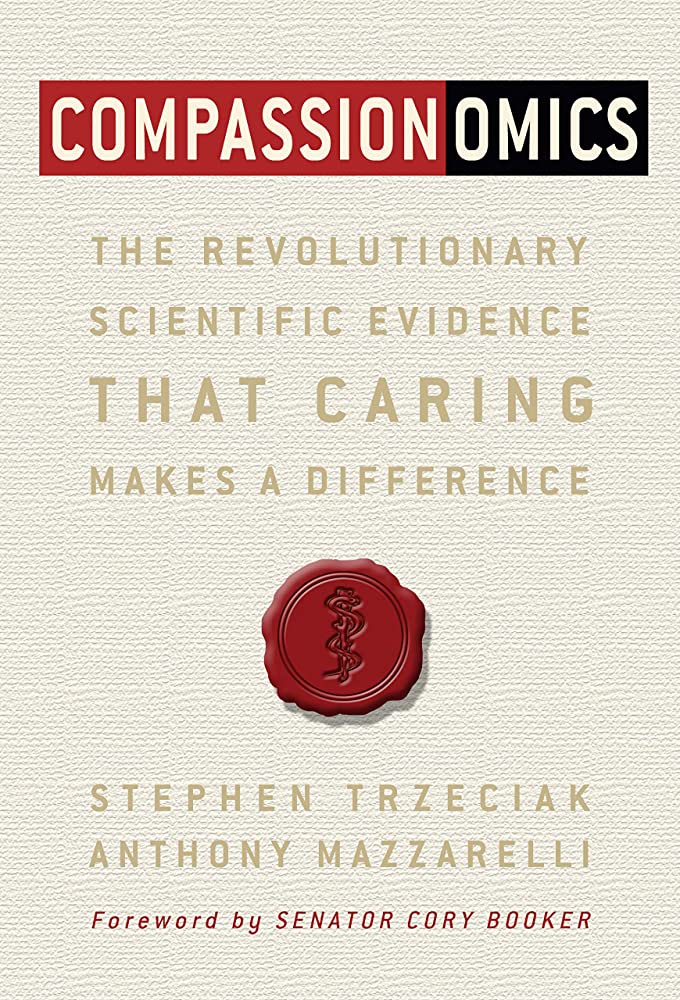LEARN A LITTLE:

Unexpected Moments of Joy
Recently my wife and I were in New Orleans to attend the national conference for the Developmental Disability Nurses’ Association. While I am not a nurse, I was a speaker, and the engagement had offered us the opportunity to enjoy the historic city in the spring. On a lunchtime break, the two of us were on our way to eat at a nearby restaurant.
We were waiting to cross the street at a very busy intersection. Noontime pedestrians crowded the street seeking out their favorite eatery, or walking to or from their respective destinations.
As is our habit, we were holding hands waiting for the light to change. Suddenly, I felt someone tap me on my left shoulder. I looked down and standing next to me was a short-statured older woman of Asian descent. There was no missing the fear in her face.
As I turned toward her, she handed me a half-folded piece of paper. On it was written “1250 ______ Street, second floor.” I read the address and asked her if that was where she wanted to go.
She nodded yes and communicated non-verbally that she didn’t know where that building was. She was lost. I didn’t know the area either, so I said, “I’m not from around here and I don’t know where that is, but maybe we can find it together. Okay?” She nodded her agreement.
“Let’s go over there,” I said and pointed to a nearby high-rise office building. She and my wife followed me into the lobby where I located a security guard. I went up to him and asked if he could direct us to the address on the sheet of paper.
He gave us directions to cross the next street going south—actually an alley—and look for a building with two elevations, one being a tower. We needed to go to the side door of the lower one. It would be marked 1250. I shared this news with the woman and my wife, and pointed in the direction we needed to go.
The woman stayed close to my side as we wound our way through fellow pedestrians. After a few minutes, we arrived at her destination. I pointed to the address over the entrance. She smiled and I watched the fear drain from her body. She bowed her head in appreciation, and I did the same. She waved good-bye before entering the building.
I felt lifted up, buoyant. It felt so good that I turned to my wife and said, “Can you imagine that? Here we are in downtown New Orleans at noon on a very busy street, and strangers have recognized me as being a kind, helpful and caring person.”
She gave me the look—you know the one I’m talking about. “It was because we were holding hands,” she said with just a tinge of sarcasm. “She thought you were safe to talk to.”
I couldn’t let it go there, so I said, “Well, at least she doesn’t know the real reason we are holding hands. We’re hoping that if one of us trips and falls, the other person will be able to prevent a crash to the ground.”
My wife smiled wryly, but we both knew that we had been part of an unexpectedly positive experience. I truly was grateful that the woman tapped me on the shoulder. I hope it happens again.
LAUGH A LITTLE:

REFLECT A LITTLE:

Proverbs 29:23
A man’s pride will bring him low,
but a humble spirit will obtain honor.
READ A LITTLE:

Compassiononmics:
The Revolutionary Scientific Evidence That Caring Makes a Difference
Stephen Trzeciak and Anthony Massarelli
(Huron Consulting Group, 2019)
Compassionomics came my way as a Christmas present. This is a book I recommend without hesitation to nurses, physicians and other medical professionals. But be warned, it is over 350 pages and is heavily researched-based. The emphasis, if nothing else, comes from the research finding (Harvard Medical School) that half of all Americans surveyed believe that healthcare providers are not compassionate. In another study done by the University of Washington, researchers found “one third of end-of-life discussions in intensive care units with patients had no statements of compassion.” How sad indeed.
The findings the authors share and discuss and the “need to practice” recommendations offered far exceed the scope of the medical field. If you are working in the Health and Human Services arena, whether as a counselor or therapist, psychologist, social worker, behavior analyst, case manager or service broker, and are involved in treatment, habilitation or rehabilitation, there are things to learn. And the information worth knowing does not come from simply noting the shortcomings of some doctors.
If you are a program manager, director or an administrator of programs seeking to improve client outcomes through improved human connection, you too will not be disappointed.
Know also that it is possible to select chapters to read and reflect on individually from The Compassion Crisis, Does Compassion Matter? to The Psychological Health Benefits of Compassion or Compassion as an Antidote to Burnout – ten chapters in all.
What follows are some highlighted insights.
- The book begins with a definition of compassion: “The emotional response to another’s pain or suffering, involving an authentic desire to help.” It’s different from empathy, feeling another person’s mood or emotions so that we connect with them. Compassion also “involves taking action.”
- Interestingly enough from a neuroscientific perspective, a distinct area of the brain fires up when a person is focused on compassion—the “reward pathway.” To truly be a compassionate person, one needs to be a doer.
- Patient nonadherence—also think client or person served—is a huge problem across many therapeutic domains, including people not taking their meds. Here again compassion makes a difference. The person who feels that someone cares is more likely to follow their treatment plan and even take their meds.
- Depersonalization prevents compassion; in fact, “a personal connection is integral to compassion. With depersonalization, there can be no compassion. It’s not possible to have compassion for another person if there is an inability to see others’ humanity on a personal level.”
Compassionomics is replete with moving and interesting stories, that if you care about people will stay with you. Here’s how one of my favorite stories begins.
It was a night shift in the emergency department of a busy academic medical center. At 1 a.m., a 45-year-old male, John, arrived complaining of a headache.
Buy this book or check it out from your local library if you want to learn how one person makes a difference. You will remember the story.
The last thought being shared in this book review comes from Chapter 8: The Power of 40 Seconds. It’s a very interesting chapter and once again pertains to all of us seeking to help others.
Everyone’s busy, too busy, all the time. In fact, as some observers have noted, a lot of people in the helping professions seem to be suffering from “Hurry Sickness.”
There’s no doubt some real issues are at work here. For instance:
- Caseloads are too larg
- The number of rule and regulatory requirements may be overwhelming.
- Staff shortages reduce time spent with people.
- Documentation demands or requirements from funders take even more time that might have been available to spend with persons receiving services.
But does all of this mean we don’t have time to be compassionate?
Here’s what researchers at Johns Hopkins University concluded from a controlled study with cancer patients following a discussion with the physician.
Here was the message from the oncologist, at the beginning of the consultation:
“I know this is a tough experience to go through and I want you to know that I am here with you. Some of the things that I say to you today may be difficult to understand, so I want you to feel comfortable in stopping me if something I say is confusing or doesn’t make sense. We are here together, and we will go through this together.”
And then at the end of the consultation, the oncologist said:
“I know this is a tough time for you and I want to emphasize again that we are in this together. I will be with you each step of the way.”
What did they discover? It takes just 40 seconds to reassure a cancer patient and reduce their anxiety. According to Dr. Brene Brown at the University of Houston, “Compassion is a commitment. It’s not something we have or don’t have—it’s something we choose to practice.”
Until next time,
Art Dykstra
Purchase this and other recommended books at your local bookstore or through the HighTidePress.org bookstore.
All High Tide Press sales benefit persons with disabilities.
Cherry Hill Consulting Group and High Tide Press
are Visions of Trinity Foundation - 101 Hempstead Place, Joliet, IL 60433


